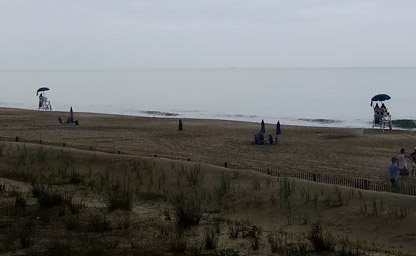
Bethany Beach
You can enjoy Sea Colony every day of the year

You can enjoy Sea Colony every day of the year
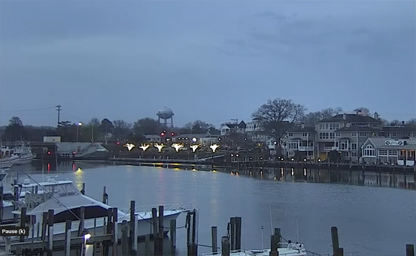
An incorporated city on the Delaware Bay in eastern Sussex County
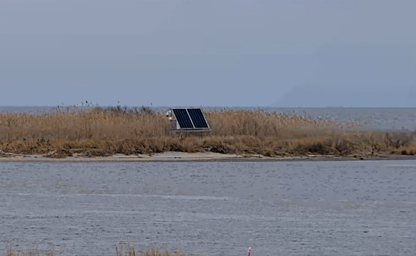
Live streaming of Mispillion Harbor, marsh, and Osprey Nest

Experience Delaware's most visited city
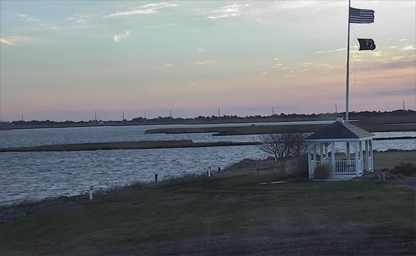
Gutter Helmet Camera at Ocean View VFW
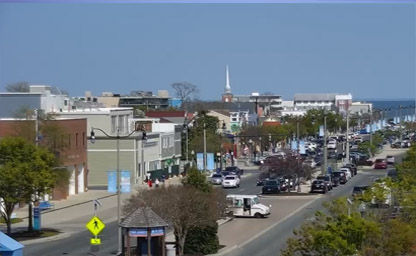
From the beautiful ocean view to the iconic boardwalk
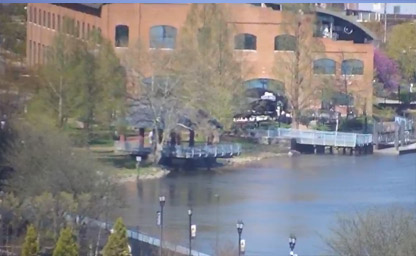
The largest city in the U.S. state of Delaware
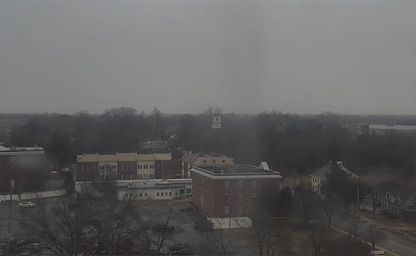
It is also the county seat of Kent County
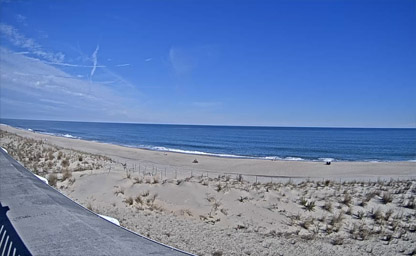
Located on a small strip of land between the Rehoboth Bay and Atlantic Ocean
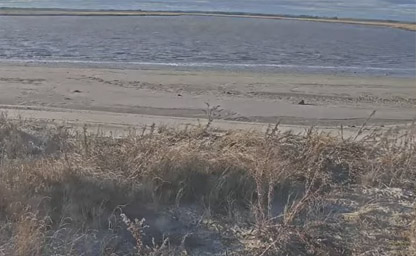
Where the Cedar Creek and Mispillion River meet and flow out into the Delaware Bay
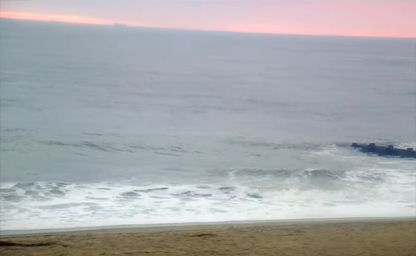
A must-see when visiting the Delaware area
Live feed cameras play a critical role in Delaware’s transportation system. Positioned along major routes like I-95, Route 1, and Route 13, these cameras provide real-time updates on traffic conditions, accidents, and weather disruptions.
Delaware’s live feed webcams significantly bolster the state’s emergency preparedness and response capabilities. Emergency responders use these feeds to assess situations in real-time, ensuring quick and effective action.
Delaware’s rich history and coastal charm attract visitors from across the nation. Live webcams showcase the state’s beauty and cultural attractions to a broader audience.
The success of live feed webcams across Delaware is underpinned by cutting-edge technology:
While live webcams offer numerous advantages, privacy is a key concern. Delaware enforces policies to ensure that webcams are used responsibly, with careful placement and measures to protect personal privacy.
As Delaware continues to integrate technology into its infrastructure, live webcams are expected to expand in functionality. Future developments may include drone-based feeds, solar-powered cameras, and AI-enhanced analytics for real-time insights.
Live cams are an essential tool for modern Delaware, blending technology with practicality. From improving traffic safety to promoting tourism and environmental stewardship, these systems provide invaluable real-time insights. Whether checking beach conditions or monitoring urban traffic, live webcams connect residents and visitors to the essence of Delaware in real time.
Delaware, often referred to as "The First State," has a rich and compelling history that reflects its significance in the founding and growth of the United States. The area was originally inhabited by Indigenous peoples, including the Lenape tribe, who thrived in the region for thousands of years before the arrival of European settlers. These Native American groups relied on the abundant resources of the Delaware River and Bay for fishing, farming, and trade.
European exploration began in 1609 when Henry Hudson, sailing for the Dutch, reached the Delaware Bay. By 1631, the Dutch established the first European settlement near present-day Lewes, known as Zwaanendael. However, conflict with local Indigenous groups led to the settlement’s destruction within a year. The Swedes later established a lasting presence in 1638, founding Fort Christina, now modern-day Wilmington. This marked the beginning of the New Sweden colony, which introduced innovations such as log cabin construction, a hallmark of early American frontier life.
Control of Delaware shifted hands several times during the colonial period, with the Dutch reclaiming the territory in 1655 and the English taking over in 1664. Under English rule, Delaware became part of Pennsylvania, governed by William Penn. The two regions shared a colonial assembly but maintained separate identities, with Delaware developing a distinct economy based on agriculture, shipbuilding, and trade.
Delaware played a critical role in the American Revolution. Its strategic location along the Eastern Seaboard made it a vital link in the chain of colonial resistance. The state earned its moniker as "The First State" on December 7, 1787, when it became the first to ratify the U.S. Constitution. Figures such as Caesar Rodney, a delegate who famously rode overnight to cast his vote for independence, highlight Delaware’s importance in the fight for freedom.
During the 19th century, Delaware was a border state with divided loyalties during the Civil War. While it remained part of the Union, its economy, heavily reliant on agriculture and industry, included a mix of enslaved and free African Americans. Wilmington became a hub for shipbuilding and manufacturing, with industries such as gunpowder production led by the DuPont family shaping the state's economic landscape.
Delaware’s modern history has seen continued growth in industry, commerce, and innovation. It is now known as a corporate haven, with laws favorable to businesses attracting thousands of companies to incorporate in the state. Today, Delaware’s history is preserved in landmarks such as Fort Delaware, the New Castle Historic District, and the Hagley Museum and Library, offering visitors a chance to explore its fascinating past.
Delaware experiences a humid subtropical climate, making it a destination with four distinct seasons that cater to various outdoor activities and scenic experiences. Winters are generally mild, with average temperatures ranging from 30°F (-1°C) to 45°F (7°C). Snowfall is minimal compared to northern states, although occasional snowstorms can occur, especially in the northern parts of the state.
Spring is a season of renewal, with temperatures warming steadily and ranging between 50°F (10°C) and 70°F (21°C). The blooming of cherry blossoms and vibrant greenery make spring a delightful time to explore Delaware’s parks, gardens, and coastal trails. Summer in Delaware is warm and humid, with average highs around 85°F (29°C). The state’s beaches, particularly along the Atlantic Coast and Delaware Bay, become popular destinations for sunbathers, swimmers, and water sports enthusiasts. Towns like Rehoboth Beach and Bethany Beach come alive with tourists enjoying the vibrant boardwalks and seaside attractions.
Fall is one of the most picturesque seasons in Delaware, as the landscape transforms into a mosaic of golden and crimson hues. Temperatures during autumn are comfortable, ranging from 55°F (13°C) to 75°F (24°C), making it an ideal time for hiking, apple picking, and visiting historical sites. The fall foliage in places like Brandywine Creek State Park draws visitors looking to capture the essence of New England’s charm.
Delaware’s coastal location also means that the state occasionally experiences the effects of Atlantic hurricanes and tropical storms, particularly during the late summer and early fall. While these weather events can bring heavy rainfall and strong winds, Delaware’s preparedness and infrastructure minimize their impact on residents and visitors. The state’s climate, with its mild winters and warm summers, makes it a year-round destination for travelers.
Delaware may be the second smallest state in the U.S., covering just 1,949 square miles, but its geography is remarkably diverse and plays a vital role in its identity. Located on the Delmarva Peninsula, Delaware is bordered by Maryland to the west and south, Pennsylvania to the north, and the Atlantic Ocean to the east. Its position along the Eastern Seaboard provides easy access to major metropolitan areas such as Philadelphia, Baltimore, and Washington, D.C.
The state is divided into three counties: New Castle, Kent, and Sussex, each with distinct geographical and cultural characteristics. New Castle County in the north is characterized by rolling hills, urban centers, and the bustling city of Wilmington, which serves as the state’s financial and cultural hub. This region is home to the Brandywine Valley, known for its picturesque landscapes, historic estates, and vibrant art scene.
Central Delaware, dominated by Kent County, features flat coastal plains and agricultural lands. Dover, the state capital, is located here and boasts landmarks like the Delaware State Capitol and the Dover Air Force Base. The county's proximity to the Delaware Bay fosters a thriving fishing and crabbing industry, contributing to the local economy and cuisine.
Sussex County in southern Delaware is famous for its sandy beaches, charming seaside towns, and extensive farmlands. Rehoboth Beach, Lewes, and Fenwick Island are among the most popular destinations for tourists seeking sun, surf, and seafood. This region also features the Great Cypress Swamp, an ecological treasure that supports diverse wildlife and serves as a critical wetland habitat.
Delaware’s waterways are central to its geography and history. The Delaware River and Bay define much of the state’s eastern boundary, providing opportunities for recreation, commerce, and conservation. Inland, the state boasts numerous ponds, streams, and wetlands that enhance its natural beauty and offer habitats for birdwatching and fishing. Cape Henlopen State Park, with its rolling dunes and iconic lighthouse, is a prime example of Delaware’s coastal allure.
One of Delaware’s unique geological features is its location along the Atlantic Coastal Plain. This results in low elevations across most of the state, with its highest point, near Ebright Azimuth, standing at just 448 feet above sea level. The state’s flat terrain makes it ideal for cycling, jogging, and leisurely outdoor exploration, appealing to residents and visitors of all ages.
New Tip: For a memorable Delaware experience, plan a trip to Lewes, the "First Town in the First State," where you can explore historic sites, enjoy fresh seafood, and take a ferry ride to Cape May, New Jersey. An interesting fact: Delaware is home to the world’s largest population of horseshoe crabs, which gather along the shores of the Delaware Bay each spring, creating a unique natural spectacle that attracts birdwatchers and nature enthusiasts from around the globe.